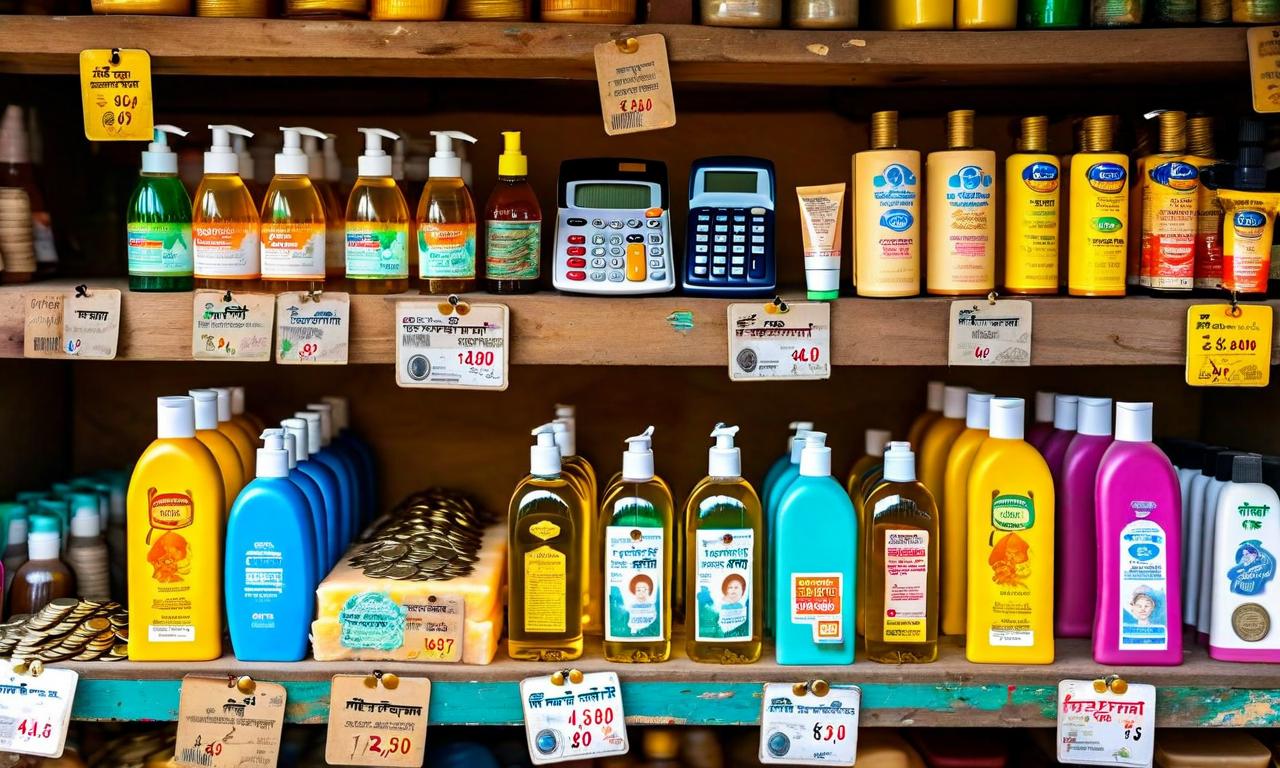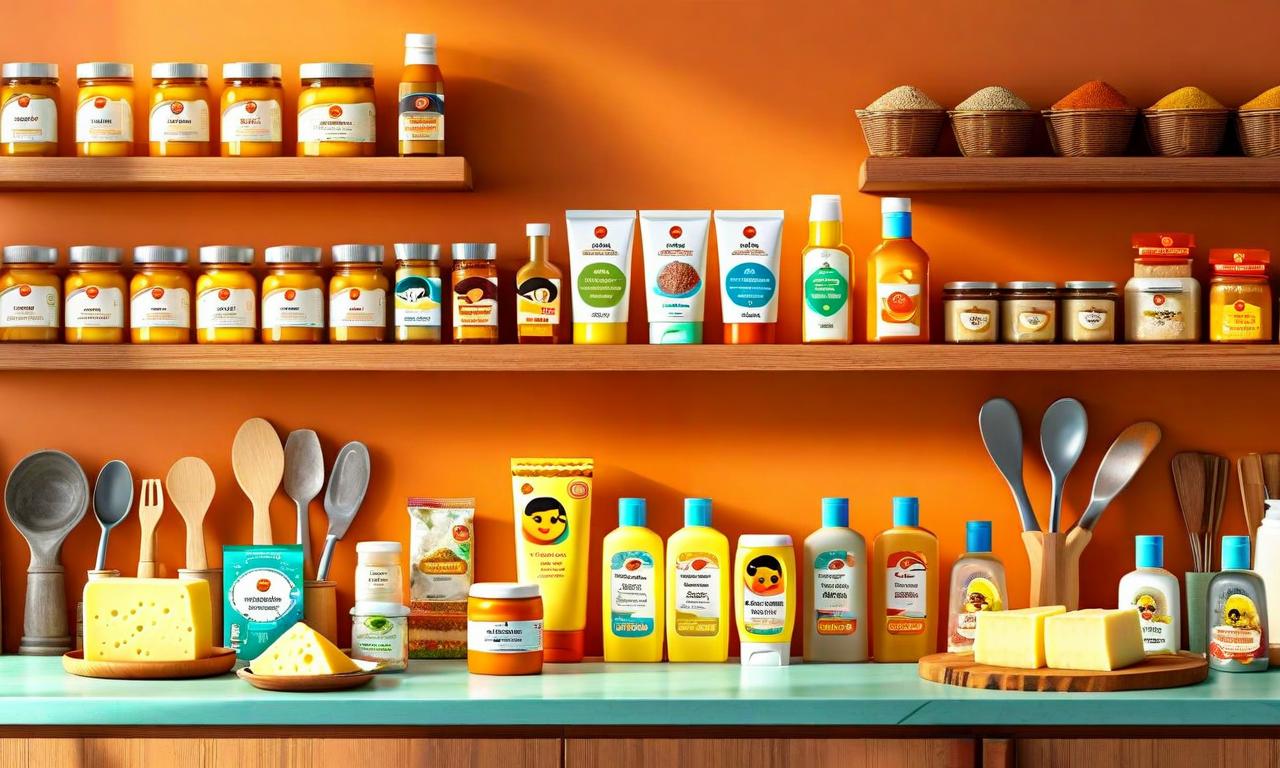GST Rate Cuts Set to Boost FMCG Sector and Discretionary Spending
JPMorgan's Executive Director Latika Chopra forecasts positive growth for India's FMCG sector due to recent GST rate reductions. The cuts are expected to boost discretionary spending categories like footwear, apparel, and consumer durables. FMCG volume growth is projected to improve from low-to-mid single digits to mid-to-high single digits by H2 FY26. Key growth drivers include grammage increases, price-demand elasticity, market share gains for branded players, and premiumization. Rural recovery has begun, while urban consumption remains patchy. FMCG companies are prioritizing revenue growth over margins, with modest margin improvements expected in H2 FY26. JPMorgan believes the earnings downgrade cycle for the FMCG sector is ending, despite rich valuations compared to Asian peers.

*this image is generated using AI for illustrative purposes only.
JPMorgan's Executive Director, Latika Chopra, has projected a positive outlook for India's Fast-Moving Consumer Goods (FMCG) sector, citing recent Goods and Services Tax (GST) rate reductions as a key driver for increased consumption.
Impact on Discretionary Categories
The GST rate cuts are expected to have a significant impact on discretionary spending categories:
- Footwear
- Apparel
- Consumer durables
Notably, the rate reductions are more pronounced for durable goods, air conditioners, and large televisions, which could potentially accelerate recovery during the upcoming festive season.
FMCG Staples: A Gradual Impact
For FMCG staples, the effect of the GST rate cuts is anticipated to be more gradual. The December quarter is projected to serve as the first real test for observing volume response in this category.
Projected Growth in FMCG Volumes
Chopra forecasts an improvement in FMCG volume growth:
- Current: Low-to-mid single digits
- Projected (H2 FY26): Mid-to-high single digits
Key Growth Drivers
Four primary factors are identified as driving this growth:
- Grammage increases at fixed price points
- Price-demand elasticity
- Market share gains for branded players
- Premiumization
Urban vs Rural Consumption
The recovery landscape shows a divergence between urban and rural markets:
- Rural: Recovery has begun
- Urban: Consumption remains patchy due to wage and employment concerns
Company Strategies and Margin Outlook
FMCG companies are currently prioritizing revenue growth over margins. However, a modest improvement in margins is expected in the second half of FY26.
JPMorgan's Market Perspective
Despite rich valuations compared to Asian peers, JPMorgan believes that the earnings downgrade cycle for the FMCG sector is coming to an end. This suggests a potentially stabilizing outlook for the sector's financial performance.
Conclusion
The GST rate cuts represent a significant policy move that could reshape consumption patterns in India, particularly benefiting the FMCG sector and discretionary spending categories. As these changes take effect, both consumers and industry players will be keenly watching the impact on prices, demand, and overall market dynamics in the coming quarters.














































